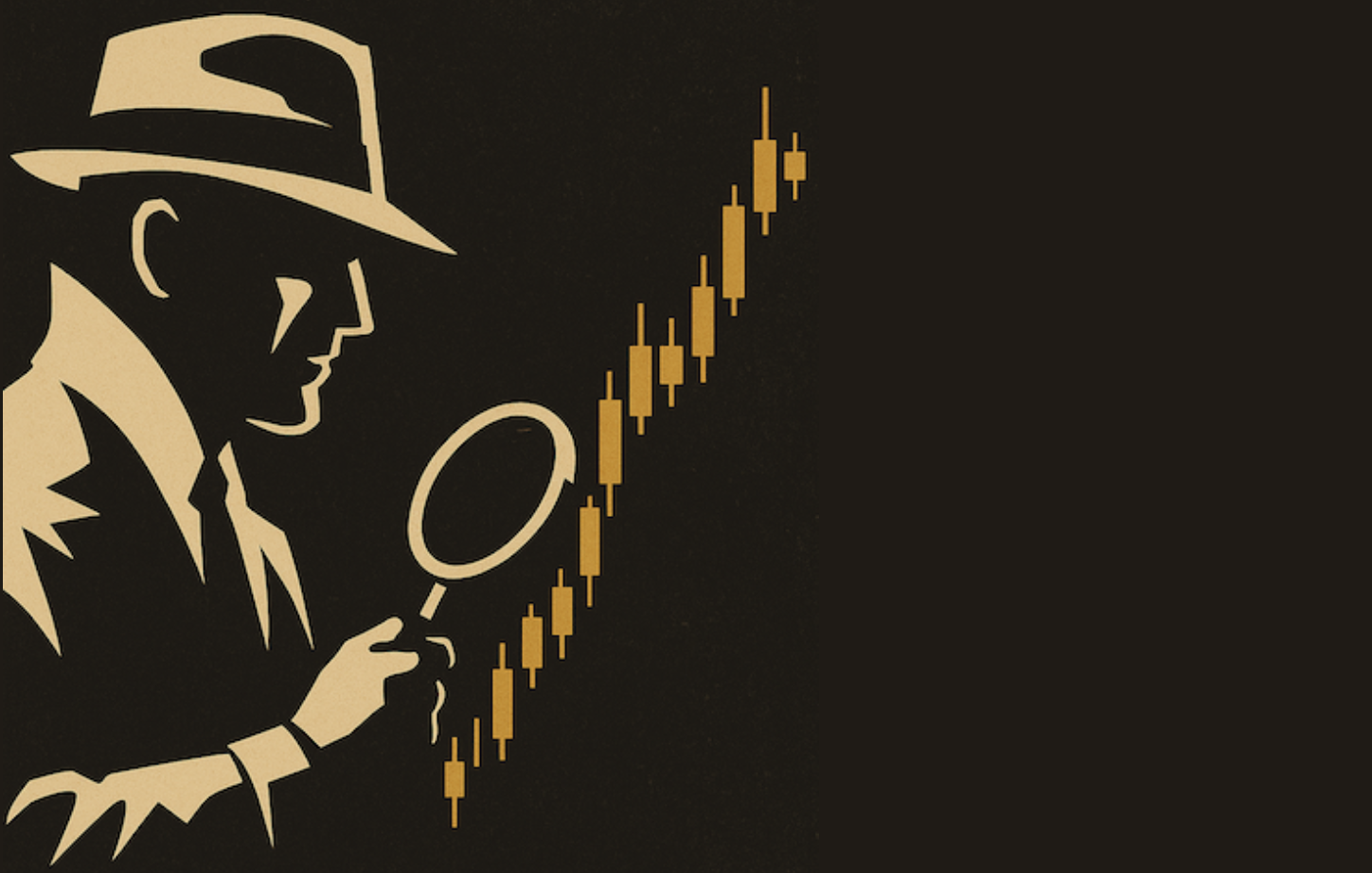TEN-YEAR T NOTE YIELD HITS THREE MONTH HIGH ON FEAR OF LESS FOREIGN BUYING -- THAT COULD HURT RATE-SENSITIVE STOCKS, BUT COULD LEAD TO BOUNCE IN AN OVERSOLD DOLLAR
FEAR OF LESS FOREIGN BUYING ... Not too long ago I wrote that there were two main side-effects that would flow from a falling dollar. One was, of course, higher commodity prices. The other was the flow of funds into foreign markets. Money tends to flow from countries with falling currencies toward countries with rising currencies. I've also suggested that Asian central banks were one of the main buyers of U.S. Treasuries in an attempt to keep their currencies from rising, and that any change in their philosophy would most likely result in rising Treasury yields. Last Friday there were rumors (later denied) that China was going to buy less Treasuries. Other countries (like India and Russia) have talked about reducing dollar holdings. With the Japanese yen rising to a four-year high against the dollar, the Japanese have also been buying fewer dollars and fewer Treasuries. In addition to all that, it was just a matter of time before the inflationary impact of a falling dollar started to pull long-term rates higher here in the states. Apparently, that time has come.

Chart 1
TEN-YEAR T NOTE REACHES THREE-MONTH HIGH ... In a dramatic start to the trading week, the ten-year T-note yield has risen to the highest level in three months (Chart 1). In so doing, it has also closed back over its 200-day moving average. If that higher yield is maintained through the balance of the week, it would be a signal that the period of stubbornly low interest rates is ending. In intermarket work, there's a normal pattern that flows through the financial markets. First the dollar starts to fall. That started in early 2002. That pushed commodity prices higher. That also started in early 2002. In time, the inflationary impact of a falling dollar, and rising commodities, starts to pull long-term rates higher. That's taken an unusually long to happen this time around. In my view, one of the reasons for long-term rates staying down was buying by Asian central bankers. With that buying starting to diminish, there isn't much else to keep yields from rising. When yields rise, prices fall. Chart 2 shows the 7-10 year Treasury Bond ETF (IEF) falling to a three month low and breaking its 200-day line. It's a mirror image of the 10-year T note yield chart.

Chart 2
RISING YIELDS HURT RATE-SENSITIVE STOCKS FIRST... It's hard to assess the immediate impact of rising rates on the stock market. I recently suggested that rising rates could help the stock market over the short run (by causing some rotation out of bonds and into stocks). But that it would hurt in the long run. Rising rates usually do. Having said that, however, rate-sensitive stock groups are usually the first the bear the brunt of rising rates. And we're seeing some of that today. Some of the weakest stock groups are financials (mainly banks) and home builders. Chart 3 shows Centex dropping today. Its relative strength line is also starting to slip. REITs have also started to slip over the last week. That's one of the reasons why I recently suggested that I wouldn't be putting new money into anything related to housing at this point in the interest rate cycle. Interest-sensitive stocks are usually the first to peak in a topping process. The rest of the market can continue to climb for a while, but the end is usually in sight. That fits into my view that the market will probably continue to climb into the new year, but should then run into serious trouble.

Chart 3
RISING YIELDS COULD LEAD TO BOUNCE IN DOLLAR... There's also a relationship between the dollar and US interest rates. Historically, the dollar follows the trend of interest rates. Low rates lead to a weak dollar. It took a year of falling rates starting in 2001 before the dollar started to fall. The last two charts compare the direction of long-term U.S. rates with the Dollar Index. Three three circles in Chart 4 show that last three upturns in the yield of the 10-year T-note. Each of the two previous upturns (see circles) coincided closely with bounces in the dollar. With the Dollar Index headed for a test of major support at 80, and looking very oversold, I suspect that the recent upturn in bond yields could lead to a bounce in the dollar. Not a bottom, but a bounce. That could lead to a short-term setback in gold, oil and other commodities. But I expect any bounce in the dollar, and setback in commodities, to be relatively short-lived.

Chart 4

Chart 5













